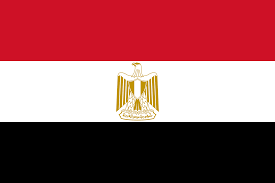Historical Eras

The 1952 revolution and Alexandria
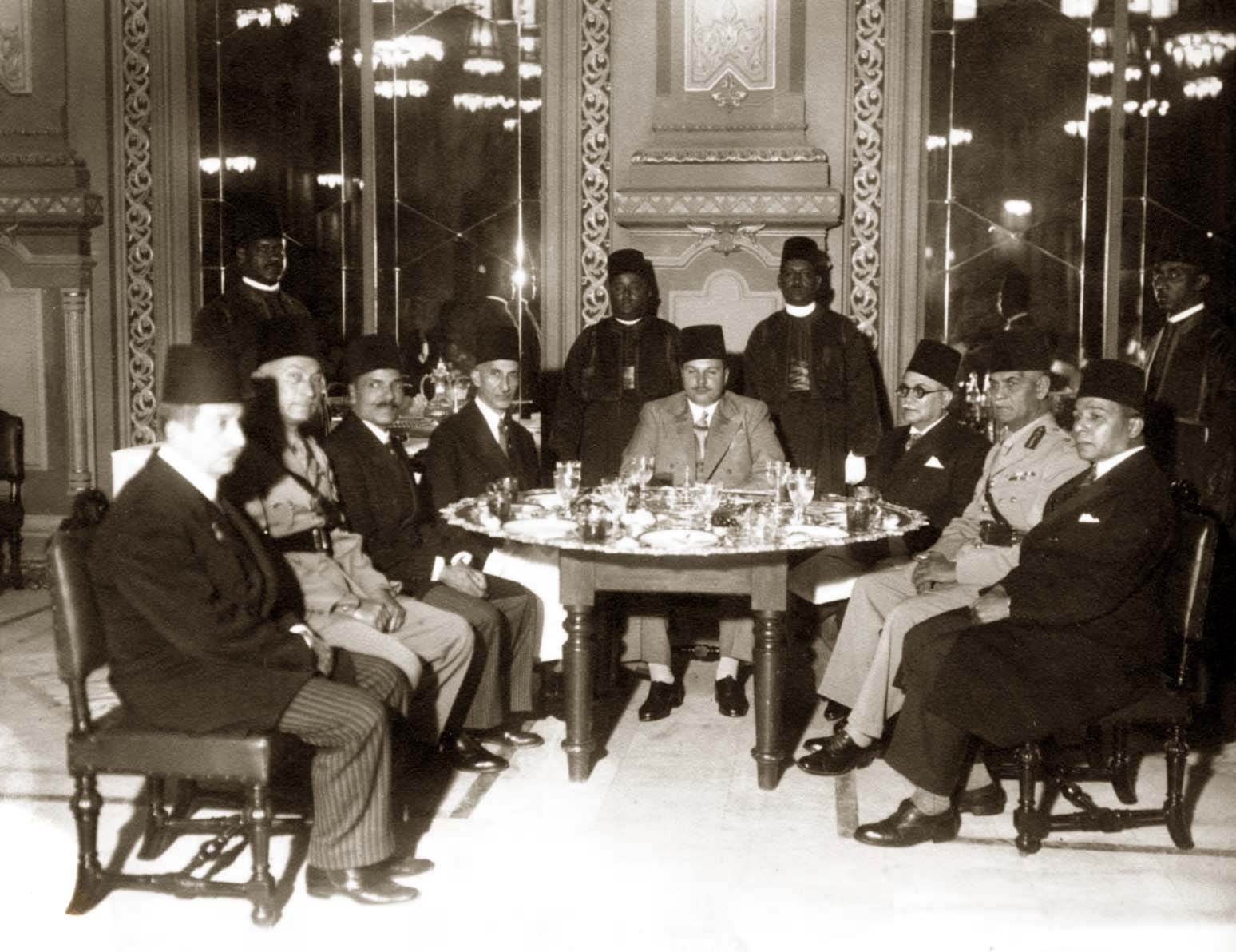
As more foreigners flocked to Alexandria under the British occupation which provided privileges for Western interests in Egypt, Alexandria acquired a typical European – Western style until the July 23, 1952 revolution.
With the deterioration on the political scene following the 1952 revolution, the inability of the Wafd Cabinet of Ministers to face the rapidly changing events after the cancellation of the 1936 Agreement and the violent action of the British forces in Egypt against isolated civilians to which four Ministerial Cabinets failed to respond within less than 6 months, Egypt slumped into a political and economic turmoil that was beyond the capacity of its ministries.
Military officers were quite aware of these events both in Cairo and Alexandria and, unable to withstand further corruption, they created the Free Officers from various military groups and towns, including the Navy based in Alexandria and several officers from the Air force and Air Defense.
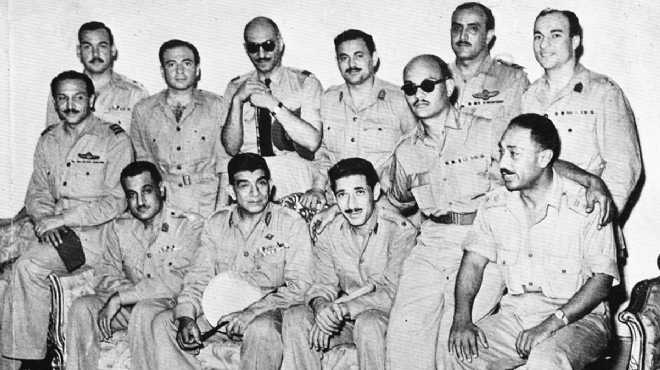
The revolution exploded on the morning of Wednesday, July 23, 1952 and took rapidly control of Cairo. The first announcement spread in a flash as joy overfilled the hearts of Egyptians and the University of Alexandria was the first authority to support the Revolution, setting a precedent in its support of freedom movements worldwide.
As the King, the Cabinet and the Chief-of-Staff in Alexandria were still unaware of the developments in Cairo, the news broke out of the Revolution and the immense popular support forced the King to appoint Aly Maher as the new Prime Minister.
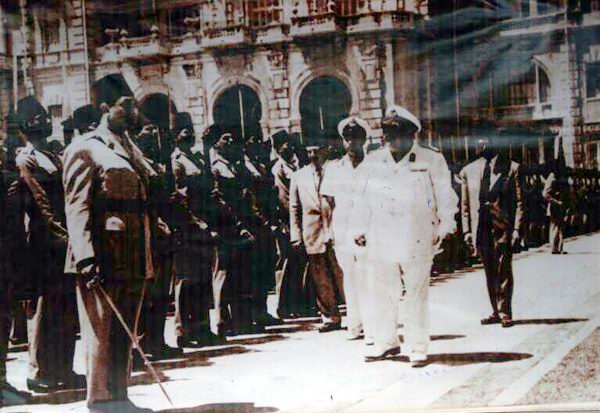
On Saturday, July 26, 1952, the Chief-of-Staff accompanied by Anwar Elsadate met the Prime Minister in his Office in Alexandria to send the ultimate warning to the King to abdicate.
The document was signed by King Faruk on the same day and, accompanied by the US Ambassador, the King boarded his yacht Elmahrusa before 6 p.m.
Thus, Alexandria witnessed the departure of the last member of the Alweya Dynasty, much as it had witnessed the coming of Mohamed Aly – the Ottoman soldier – a century and half ago.
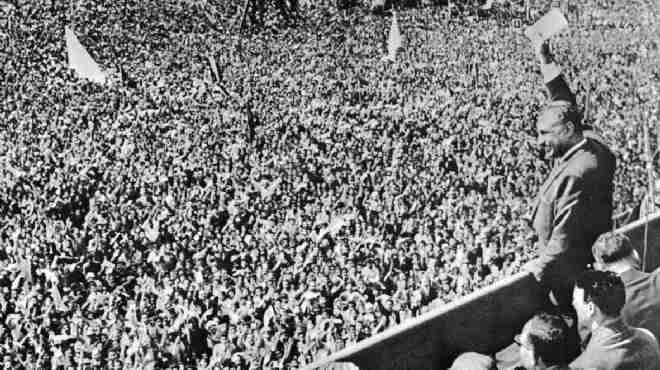
Suez Canal nationalization and Alexandria
The Revolution faced many internal and foreign problems because of its non-aligned policy and impartiality, which forced Britain and France to withdraw from its territory and, after the US began to doubt the economic and financial position of Egypt, it was imperative that action had to be taken and Egypt seized the opportunity to nationalize the Suez Canal to use its resources on the High Dam project.
Thus, after Alexandria witnessed the French invasion of July 1798, their withdrawal in 1801 and the British Navy attack in 1882, it was the scene for the announcement by President Gamal Abdel Naser during his speech at the Mansheya Square in Alexandria on July 26, 1956 of the nationalization of the Suez Canal waterway and the sequestration of its funds and rights in favor of the Egyptian Government, who would compensate shareholders for their bonds.
The issue of the nationalization of the Suez Canal quickly took international dimensions and Britain and France raised the issue before the Security Council at the UN, in preparation for a military action that was to be launched by Israel at first, followed by support from Britain and France. As Israel hit Sinai, Britain and France attacked the Suez Canal waterway and extended their operations to Port-Said, Alexandria and Cairo. The brunt of the attack had been on Alexandria as it was the most important Egyptian navy base and its destruction would deprive Egypt of its main striking force.
The people of Alexandria were subjected to intense enemy air raids which they incurred with extreme courage and patriotism. Everyone carried arms and weapons, including the elderly and the young girls in a dramatic show of an intense will to fight back. With support from Arab people and worldwide public opinion, Egypt stood strong and repelled the attack. Victory was celebrated on December 23, 1956 simultaneously in Port-Said and Alexandria.
Despite the attack, foreign institutions in Egypt particularly those belong to France and Britain, such as banks, insurance companies and industrial corporations mostly located in Alexandria, continued operation unhampered, thus ensuring the continued economic independence of Egypt.
Alexandria project during the Revolution Era
Building the most up to date passenger terminal at the Alexandria Port which had served quarter million passengers and tourists with an income of L.E. 25 million, as well as the Nasr Road linking the terminal to the Mansheya Square
